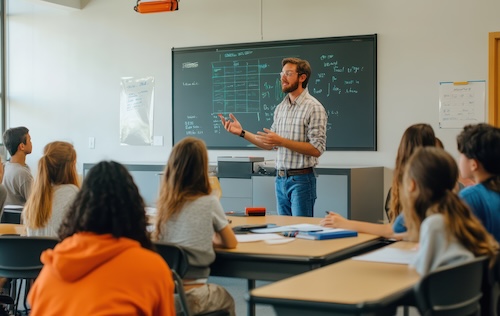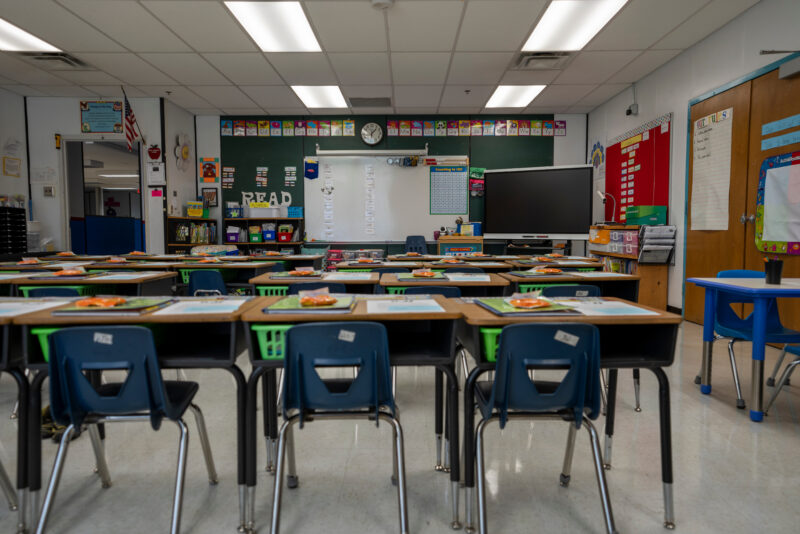This story was originally published by Chalkbeat. Sign up for their newsletters at ckbe.at/newsletters. About one in four teachers say their schools don’t give students zeroes. And nearly all of them hate it. The collection of practices known as equitable …
Key points: When I walked into my first classroom almost a decade ago, I had no idea how many “first days” I would experience–and how each one would teach me something new. Growing up–first in the Virgin Islands and then …
Key points: As students and teachers prepare for a new school year, it’s important to remember that success in the classroom isn’t just about academics; it’s about supporting the whole child. From motor skills and posture to organization, focus, and sensory regulation, …
Key points: Back-to-school season arrives every year with a mixed bag of emotions for most educators, including anticipation and excitement, but also anxiety. The opportunity to catch up with friendly colleagues and the reward of helping students connect with material …
Key points: In education–and particularly with my graduate students in higher education–students occasionally focus on the individual points of an assignment rubric instead of stepping back and looking holistically at the overall purpose of the assignment. This summer, as I …
Key points: Exam scores always seem to go up. Whether it’s the SAT when applying for college or an AP score to earn college credit, competitive scores seem to be creeping up. While faculty are invaluable, students who recently completed …
Key points: Like many teachers since the public release of ChatGPT, I’ve encountered frustration. For a lot of us, it has felt as though we are spending more of our time as graders determining whether a student completed an assignment …
Key points: As the school year draws to a close, K-12 educators can pause, reflect, and intentionally carry lessons forward. The end of the year is not just a time for wrapping up grades and packing up classrooms–it’s also a …
Key points: It’s tough to overstate just how important cooperation is in the classroom. History loves to celebrate the lone geniuses, but most of the world’s biggest achievements–from the moon landing, to medical breakthroughs, to blockbuster films–happened because many people …
Key points: Building a data-literate school culture takes time and intention We are all digital immigrants now Data-informed decision-making in education: A comprehensive approach For more news on data literacy, visit eSN’s Innovative Teaching hub While digital literacy has become …










